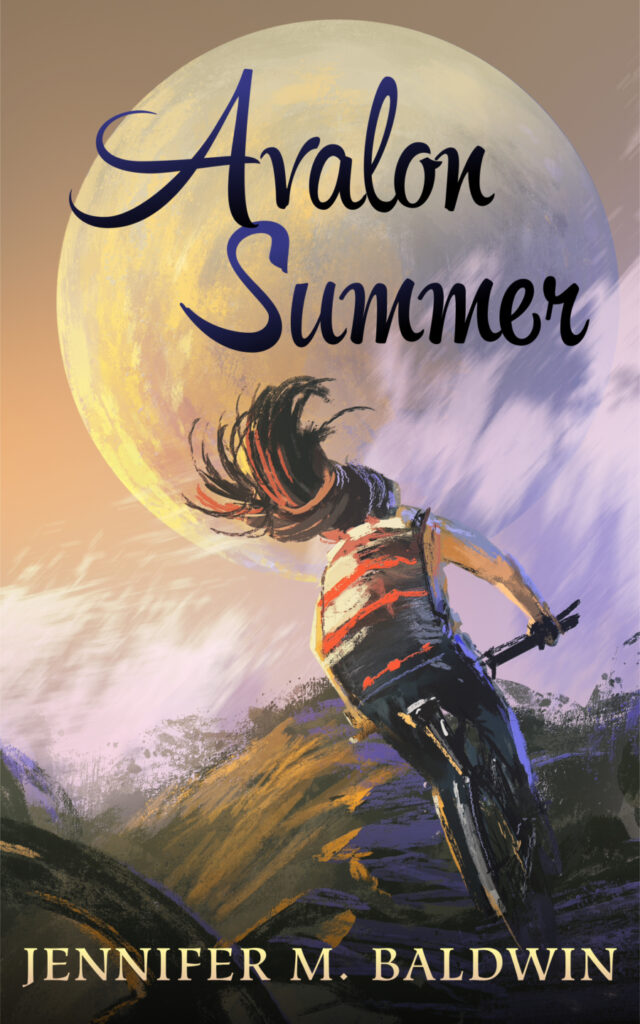I know I need to be reading more books. Lately, the siren song of social media (mostly Reddit, some Twitter alas) has called me away from my books.
This is bad.
When I get a spare moment or two, or when lunch rolls around, I instinctively jump for my ipad and start scrolling through whatever feed is there, or whatever news site is my go-to (nytimes.com or freep.com or NPR), and my brain just kinda turns off and I surf through the headlines. It’s all very useless (except for those times when I find out there’s been a disastrous chemical spill into my local river…).
But that’s just it. There are a few times where scrolling through headlines has been good, where I’ve found important, relevant news and become more informed (like that horrendous and criminal chemical spill disaster). These times are few and far between, of course, but they are the drug that keeps me coming back. I want to stay informed, I want to keep abreast of the news of the day, and unfortunately, these sites give me what I want.
What I don’t want is to get stuck in an endless feed that sucks up all my reading time. Yes, I’ve added that time limit thing to my ipad so it kicks me off the news/social media sites, but of course, just like Frog and Toad and the cookies: I can click the “ignore” button and get back to scrolling. I don’t really want to throw my ipad away (or my phone, or my computer). Willpower doesn’t seem to be enough.
But I want to read more books.
Maybe if I make a challenge for myself to read a certain number of books, I’ll read more. Or better yet, to read a certain number of hours per day.
Maybe I start the old Austin Kleon 30-Day Challenge.
“Everyday I will read books for two hours… After 30 days I get…”
Not sure I want a pony, and I have taco dinners a lot, so they’re not that special. My life WILL be back if I can start reading a book two hours everyday. So that leaves the fill-in-the-blank option. Not sure what I could give myself for succeeding at this challenge. It needs to be something sufficiently enticing that I can overcome the pull of Reddit, etc.
Maybe if I can read books for two hours everyday for thirty days, I’ll give myself permission to buy a new LP or something equally anti-utilitarian but awesome (like a new book!).
It’s worth a try, I guess.


